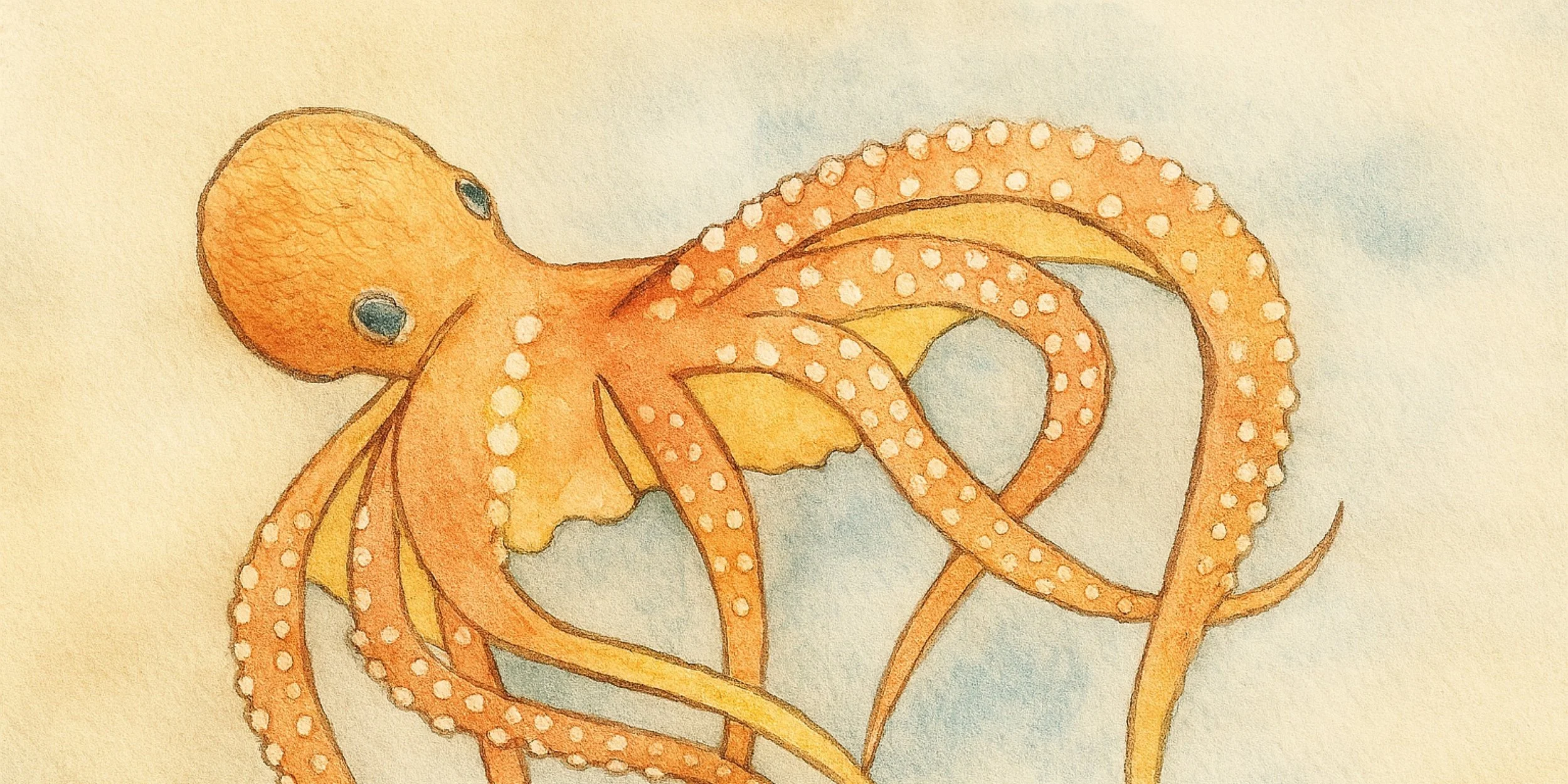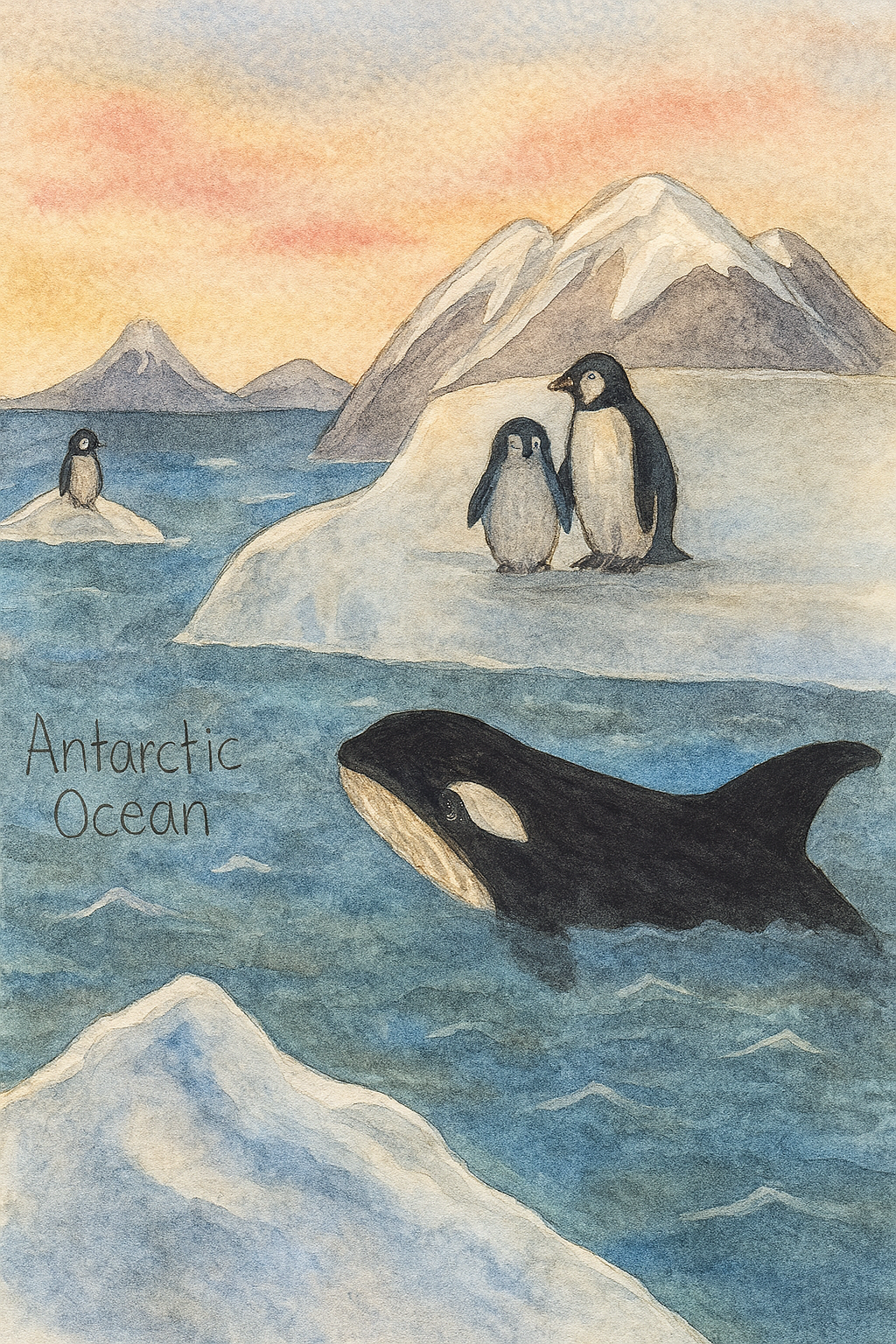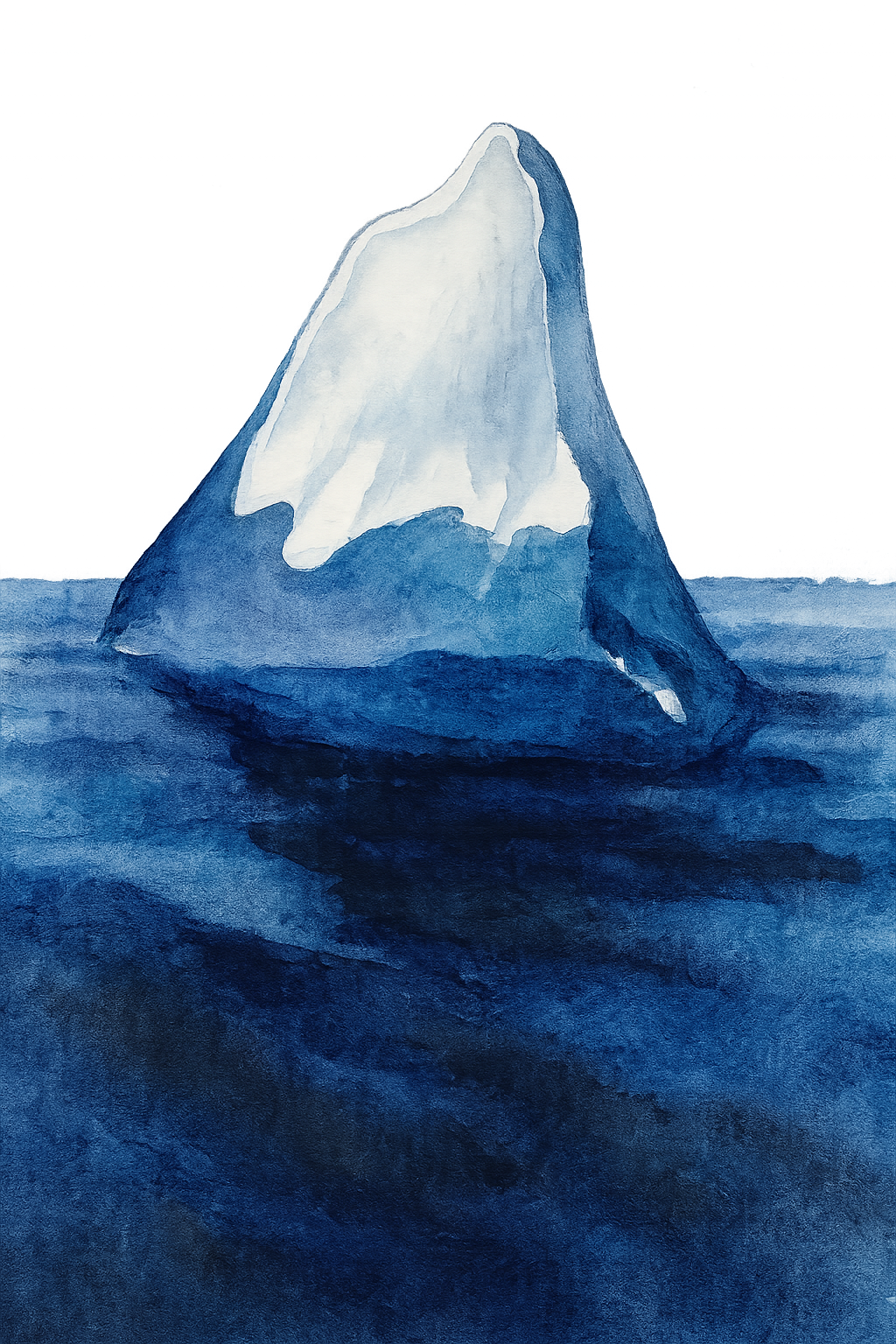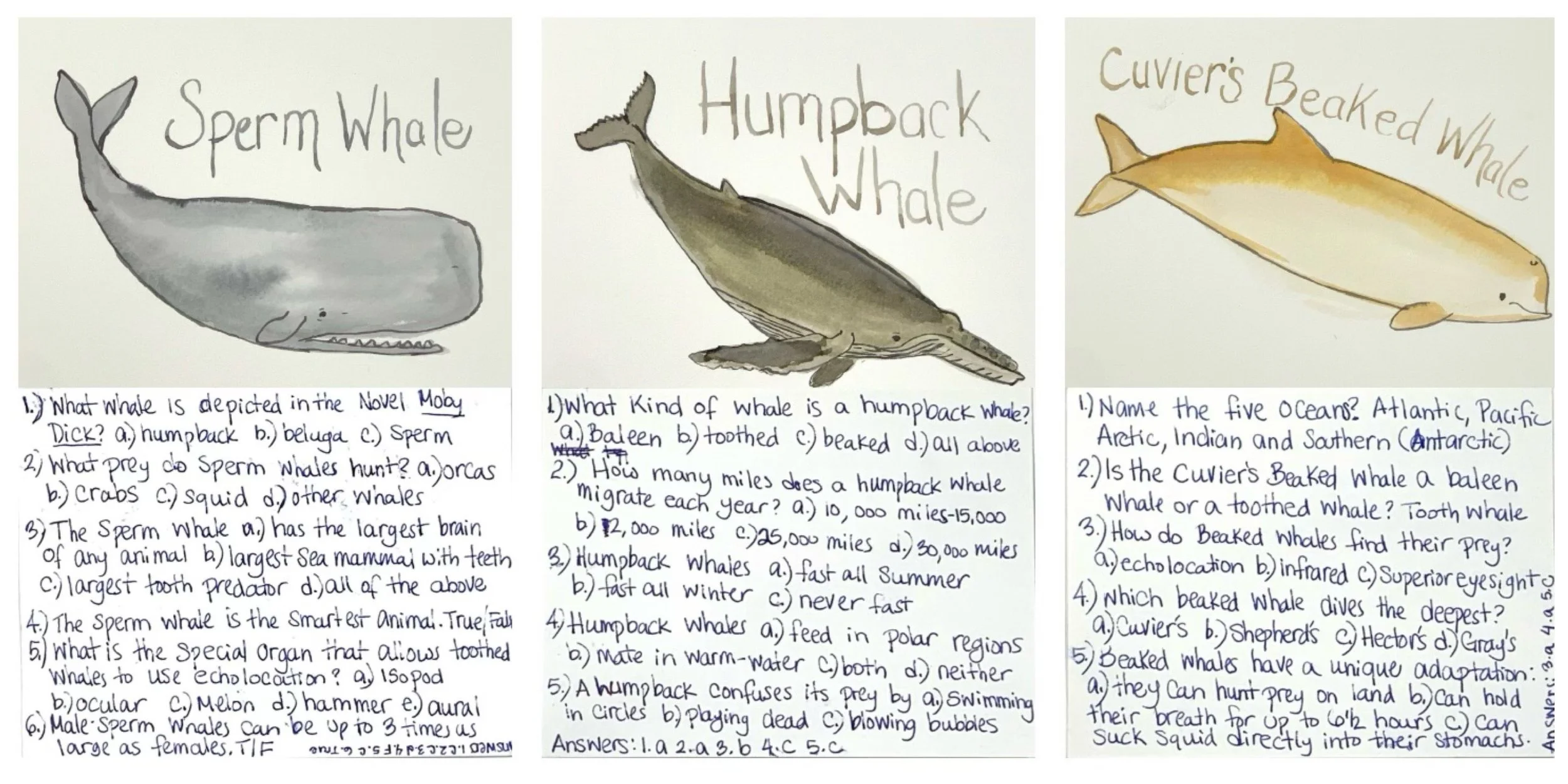
Whale Unit Study
-
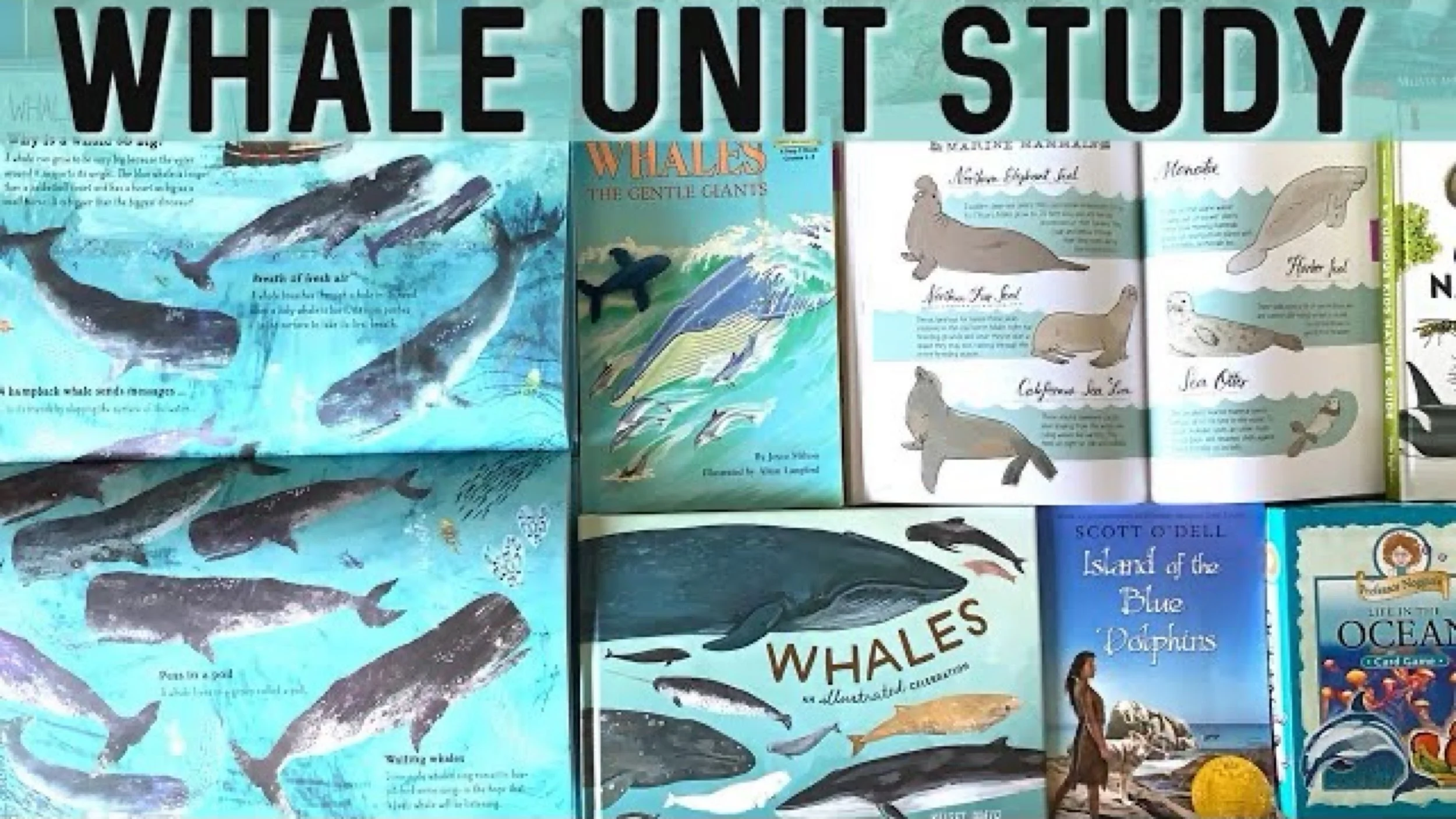
How To Put Together A Whale Unit Study
Welcome to our unit study on Whales! Or as we’ve learned, cetaceans. We are diving into this unit to study a select few marine mammals and to do so, we’ve sourced a variety of books that we are thrilled to share with you.
-
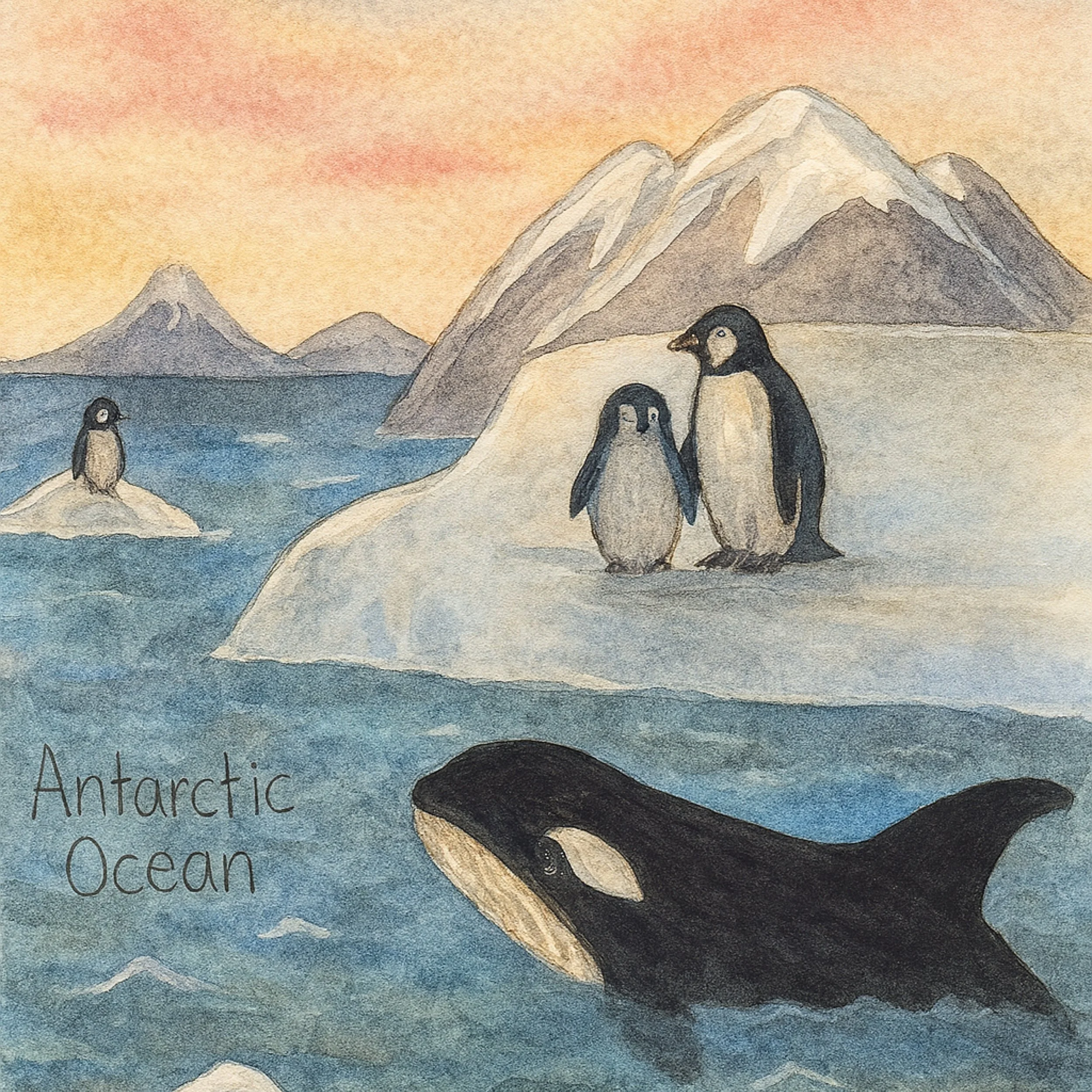
Antarctic Ocean Chalk Drawing
Working on a small chalkboard, gives you the beauty and the gesture of an illustration without the time commitment and grandeur of working on a larger job board.
-
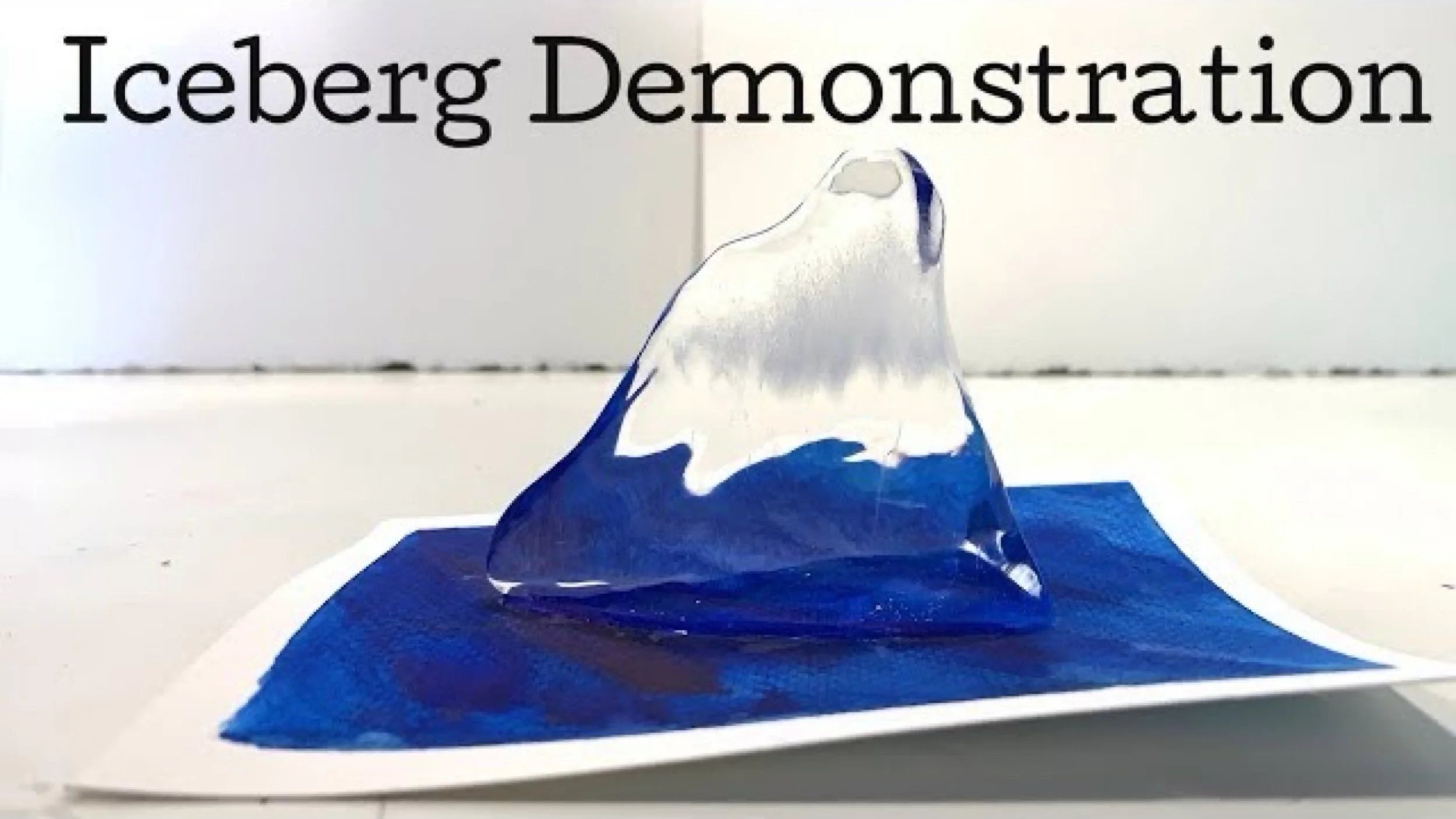
What An Iceberg Looks Like Under Water
For this unit, we chose the super easy iceberg demonstration. Not only was it very easy to do, it was also extremely educational.
-

Whale Nature Study Trivia Cards
These were the easiest so far. In part, I think because whales are easier to draw than some of the other nature images we’ve done before. Also, I made these with a white background which simplified the process.
-
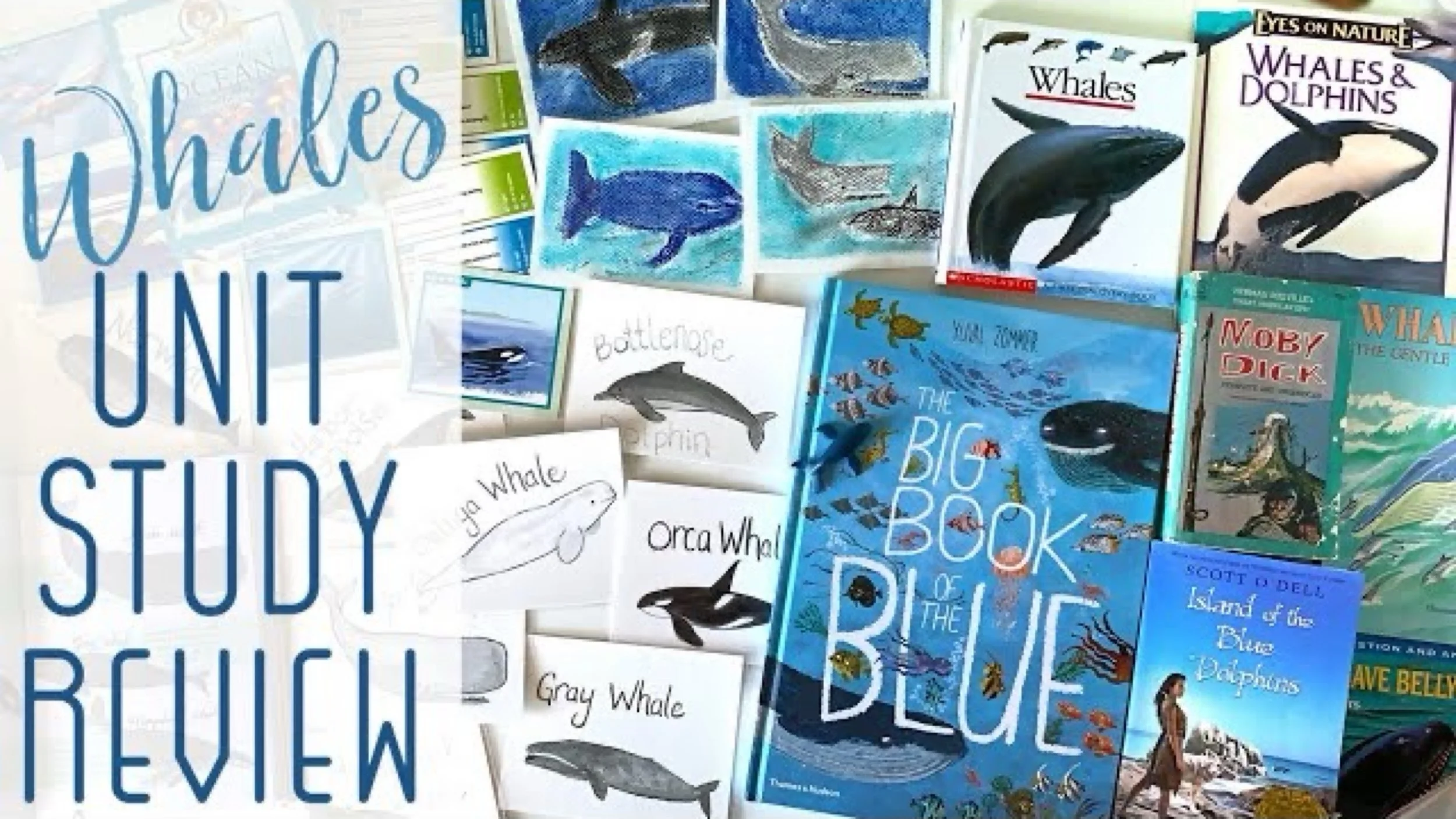
Whale Unit Study Review
Shorty units have their pros and cons. For one, we can get through a unit before anyone tires of it, but we rarely have enough time to dive deeply into a unit that's short.

Whale Unit Study
How To Put Together A Unit Study | Whales
Charlotte Mason Living Books
Welcome to our unit study on Whales! Or as we’ve learned, cetaceans. We are diving into this unit to study a select few marine mammals and to do so, we’ve sourced a variety of books that we are thrilled to share with you. We may not use all these books, in fact, for sure we won’t be using some books in their entirety. Be sure to check back at the review video for a complete review of these books and resources.
Check out the complete Ocean Unit Study here.
Check out the complete playlist for our Whale Unit Study.
Check out our complete unit study on Sea Turtles.
Curious Kids Nature Guide Explore the Amazing Outdoors of the Pacific Northwest by Fiona Cohen
The Big Book of the Blue by Yuval Zommer
Ocean Life Dictionary by Scholastic
Whales An Illustrated Celebration by Kelsey Oseid
Do Whales Have Belly Buttons? By Melvin and Gilda Berger
Whales A First Discovery Book by Scholastic
Whales and Dolphins by Eyes on Nature
Whales The Gentle Giants by Joyce Milton
The Story of Whaling Coloring Book by Peter F. Copeland by Dover
Nature Anatomy by Julia Rothman
Island of the Blue Dolphin by Scott O’Dell
Professor Noggins Ocean Trivia Cards
Swiss Family Robinson by Johann David Whyss
Robinson Crusoe by Daniel Dafoe
Antarctic Ocean Chalk Drawing
We’re working on small chalk boards that measure 18“ x 24“. I have six of them mounted on my wall vertically. A row of three place vertically above another row of three. The chalk drawings for the ocean main lesson block are done on two chalkboards which means I have a space of 36“ x 24“ to work with. This is a simple chalk drawing showing some of the animals we studied during a portion of our ocean main lesson block. What I like about the chalk drawings I did for this particular block is that they were smaller and generally more simplified that the ones I did on our large 4‘ x 6‘ chalkboard. Working on a small chalkboard, gives you the beauty and the gesture of an illustration without the time commitment and grandeur of working on a larger job board. Chalk boards can be found at Paper Scissor Stone Waldorf Supplies. And the chalk is Sergeant Art Square Chalk Pastels.
What An Iceberg Looks Like Under Water
For our Whale and Sea Turtle Units, we turned to the book Rivers and Oceans by Barbara Taylor for inspiration for projects and activities. Two projects worked well for our units, even though they didn't exactly relate to the specific topics. For this unit, we chose the super easy iceberg demonstration. Not only was it very easy to do, it was also extremely educational. You can very clearly see how 90% of an iceberg is under water, especially when you use a big chunk of ice and a clear glass container for observation. We tried this project twice, once with 'saltwater' dyed blue and once with clear water. The clear water was easier for observation and also allowed us to repurpose the water for watering plants (don't water your plants with salt water!). This demonstration was easy and fast and best of all, free! You can use a water-filled balloon for this project or fill a large bowl. We did both and found a bowl was better and produced less waste. We hammered away at our large chunk of ice until we had 'iceberg' sized pieces.
Check out our complete Ocean Main Lesson Block with videos on how we put this unit together, the resources we used and the projects we did. You can also check out our smaller Whale Unit Study and Sea Turtle Unit Study which includes more projects and resources. We used our Distress Inks for many projects in this unit. You can see all the projects we’ve used Distress Inks for in a complete playlist. Enjoy!
Whale Nature Study Trivia Cards
In case you missed the previous Nature Journaling Card tutorials, here’s one more that’s sure to inspire you. These were the easiest so far. In part, I think because whales are easier to draw than some of the other nature images we’ve done before. Also, I made these with a white background which simplified the process. For this project, I used the same art products we’ve used for previous nature journaling cards. I used Fabriano 140 lb. watercolor paper and Distress Inks in various blues, greys and browns. I used simple synthetic brushes we picked up years ago at a very affordable price from a local chain craft store. We laminated our cards using our Black and Decker 5 mil laminating sheets and my Heidi Swapp Minc machine. It’s a scrapbooking foiling machine that acts as a powerful and versatile laminating machine with five settings that heats up quickly.
For this project we referred to two books mainly, with our other books acting as resource material for the trivia questions on the back. Whales an Illustrated Celebration by Kelsey Oseid and Nature Anatomy by Julia Rothman were the two resources we referred to the most during this project. We added trivia questions to the back of each card before we laminated each 4.5″ by 6″ card.
Check out our complete Ocean Main Lesson Block with videos on how we put this unit together, the resources we used and the projects we did. You can also check out our smaller Whale Unit Study and Sea Turtle Unit Study which includes more projects and resources. We used our Distress Inks for many projects in this unit. You can see all the projects we’ve used Distress Inks for in a complete playlist. Enjoy!
Whale Unit Study Review
Shorty units have their pros and cons. For one, we can get through a unit before anyone tires of it, but we rarely have enough time to dive deeply into a unit that's short. In this case, we did this unit in about three days. We focused on nothing else and simply surrounded ourselves with these books and projects. Truthfully, I dislike units this short. I feel it's too fast and rushed. I prefer to spend a minimum of three weeks on a unit and in reality it's far longer than that. But to put together such a tidy unit requires a few things: First, you need everything prepared, everything on hand including supplies and materials and everything has to be ready to go, as in precut or previous purchased. Even with our level of prep, this unit still took longer to complete because some projects and books overlapped with our Sea Turtle unit. Actually, this happens a lot where a unit has overlap with the unit that follows it. One other thing that isn't possible with such a short unit is assigning a relevant novel or having time for a chapter read aloud. In this case, I offered a number of books to my 13-year-old to choose from as his assigned reading. He chose Island of the Blue Dolphin which he'd previous read. I would have preferred he chosen one he hadn't read yet that was more challenging, but he didn't. Instead, he agreed to listen to Moby Dick on audio. Thankfully, we were still able to squeeze in a demonstration for this unit: Visualization of an Iceberg. We were inspired by the book Rivers and Oceans by Barbara Taylor which is packed with great simple information and super simple, yet incredibly educational projects and activities.
